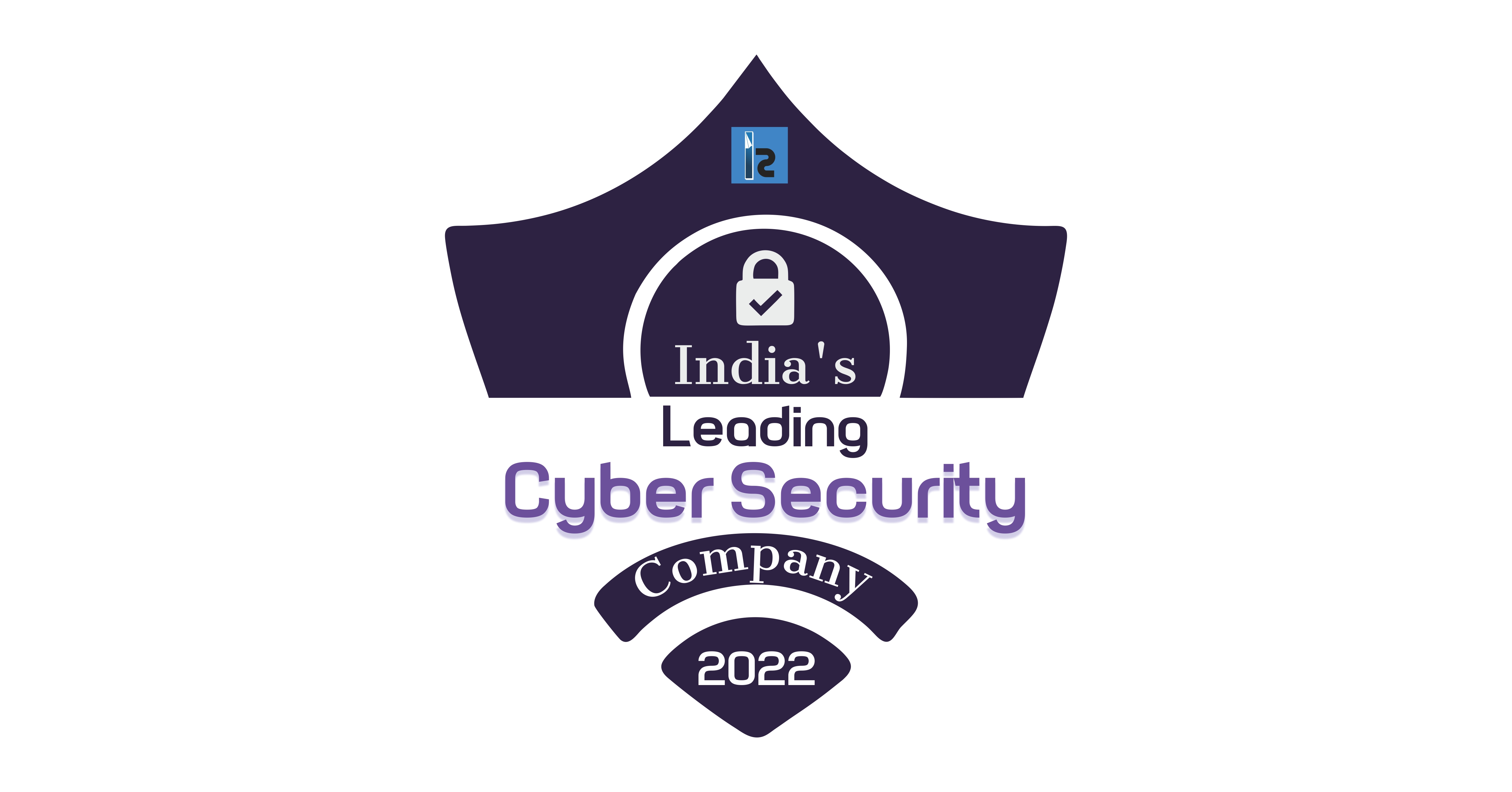
In today's digital age, cybersecurity is more critical than ever. With the increasing number of cyber threats and data breaches, businesses and individuals are seeking innovative solutions to protect their sensitive information. Enter Photolok by Netlok, a cyber security company that is transforming the cybersecurity landscape with its unique photo-based authentication technology.
What is Photolok?
Photolok, a product developed by Netlok, offers a groundbreaking approach to securing digital identities. Unlike traditional password-based systems, which are vulnerable to hacking and phishing attacks, Photolok leverages the power of images for user authentication. This innovative method not only enhances security but also provides a more user-friendly experience.
How Does Photolok Work?
Photolok's authentication process is simple yet highly secure. Instead of relying on complex passwords or multi-factor authentication, users select a series of images from their personal photo library or a provided set of images. These images act as the 'key' to unlock their accounts. Here's a step-by-step look at how it works:
Image Selection: During the setup process, users choose a sequence of images that will serve as their authentication key. These images can be from a predefined gallery or the user’s own collection, adding a personal touch and making it easier to remember.
Login Process: When logging in, users are presented with a grid of images, including their selected images and random decoys. The user must correctly identify and select their pre-chosen images in the correct sequence.
Dynamic Protection: Photolok adds an extra layer of security by changing the positions of the images in the grid each time a login attempt is made. This dynamic element makes it significantly harder for unauthorized users to guess the correct sequence.
Benefits of Photolok
Photolok's photo-based authentication offers several advantages over traditional methods:
Enhanced Security: By eliminating the need for passwords, Photolok mitigates the risks associated with password breaches, such as brute force attacks, phishing, and credential stuffing.
User-Friendly: Remembering a sequence of personal images is often easier and more intuitive than recalling complex passwords. This can lead to improved user compliance and a reduction in the frustration often associated with forgotten passwords.
Resistance to Automated Attacks: The dynamic nature of Photolok's image grids makes it difficult for automated scripts and bots to successfully execute attacks, providing a robust defense against cyber threats.
Personalization: Users can choose images that are meaningful to them, adding a personal touch to their security measures and making the authentication process feel more familiar and less cumbersome.
Real-World Applications
Photolok's technology is versatile and can be applied across various sectors:
Corporate Security: Businesses can implement Photolok to protect sensitive corporate data and ensure secure access to internal systems.
Financial Services: Banks and financial institutions can use Photolok to secure online banking platforms, protecting customers from fraud and unauthorized access.
Healthcare: Protecting patient information is paramount in the healthcare industry. Photolok can help ensure that medical records and patient data remain confidential and secure.
Personal Use: Individuals can use Photolok to safeguard their personal accounts, including email, social media, and online storage, adding an extra layer of protection to their digital lives.
The Future of Authentication
As cyber threats continue to evolve, so must our methods of defense. Photolok by Netlok represents a significant step forward in the realm of cybersecurity, offering a fresh and effective alternative to traditional password-based systems. By leveraging the power of images, Photolok not only enhances security but also simplifies the user experience, making it a promising solution for the future of digital authentication.
In a world where digital security is paramount, Photolok stands out as a beacon of innovation. Its unique approach to authentication has the potential to redefine how we protect our digital identities, providing peace of mind in an increasingly interconnected world.

































